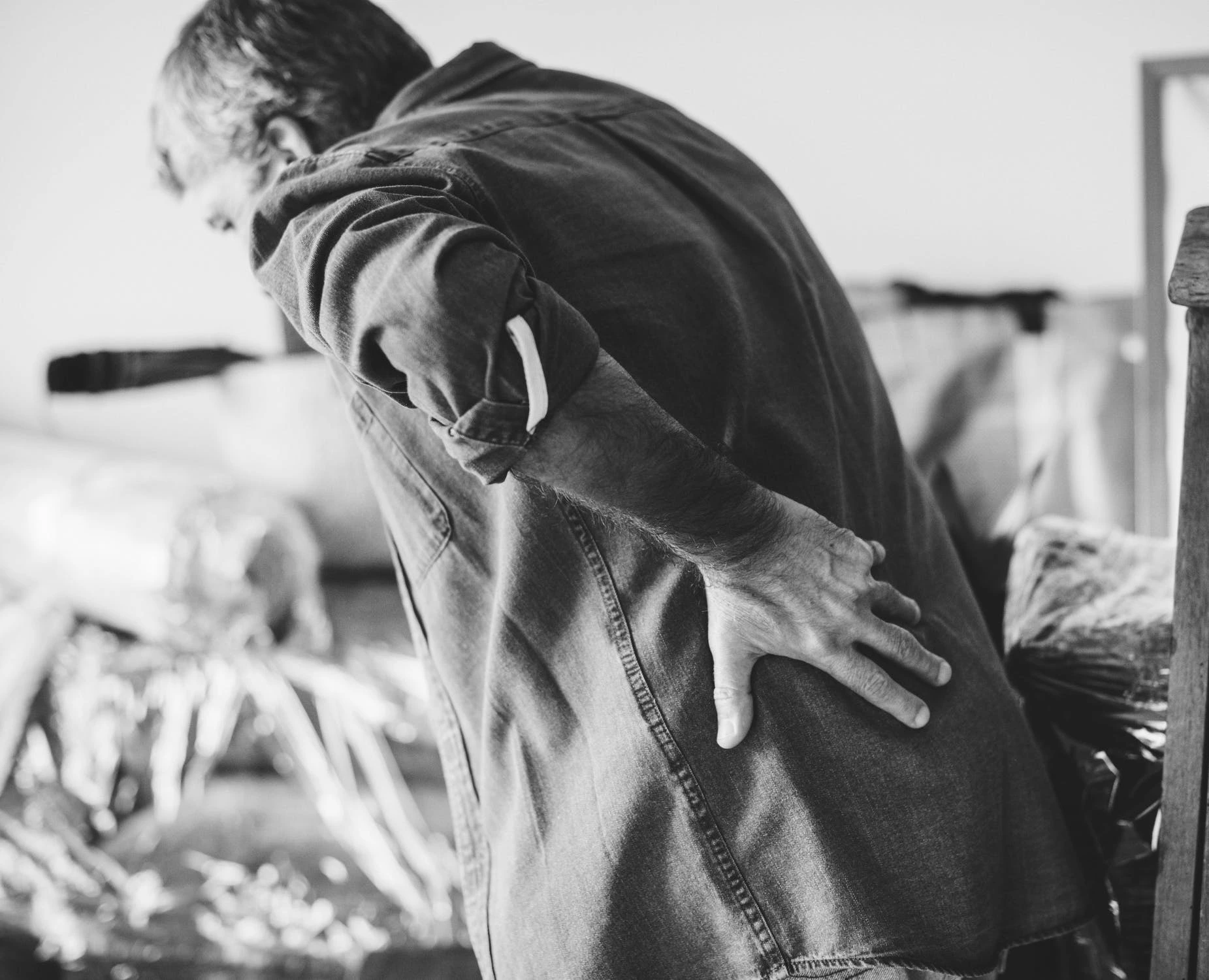Understanding Mindfulness
Mindfulness is the practice of being fully present and engaged in the present moment, without judgment or attachment to thoughts or sensations. It involves cultivating awareness of your thoughts, emotions, and bodily sensations while maintaining a sense of acceptance and compassion. By bringing your attention to the present moment, mindfulness can help alleviate the distress associated with chronic pain and reduce its impact on your life.
Mindfulness-Based Pain Management
Research has shown that mindfulness-based interventions can be effective in reducing pain severity, improving pain-related disability, and enhancing overall well-being in individuals with chronic pain conditions. These interventions often incorporate techniques such as meditation, deep breathing exercises, body scans, and gentle movement practices to promote relaxation, stress reduction, and pain relief.
Practical Mindfulness Techniques:
Mindful Breathing: Take a few moments to focus on your breath. Notice the sensations of each inhale and exhale as you breathe deeply and slowly. Allow your breath to anchor you to the present moment and bring a sense of calmness and relaxation to your body and mind.
Body Scan Meditation: Lie down in a comfortable position and bring your attention to different parts of your body, starting from your toes and gradually moving upward to your head. Notice any areas of tension, discomfort, or pain without judgment. As you breathe into these areas, imagine releasing tension with each exhale, allowing your muscles to soften and relax.
Mindful Movement: Engage in gentle movement practices such as yoga, tai chi, or qigong, focusing on the sensations of movement and breath. Pay attention to how your body feels as you move through each posture or sequence, honoring your body’s limitations and adjusting as needed to avoid exacerbating pain.
Guided Imagery: Close your eyes and visualize a peaceful, serene place where you feel safe and comfortable. Imagine yourself fully immersed in this environment, using all of your senses to experience the sights, sounds, smells, and sensations. Allow yourself to relax deeply into this mental space, letting go of tension and stress.
Mindful Eating: Practice mindfulness during meals by savoring each bite, paying attention to the flavors, textures, and sensations of the food. Chew slowly and mindfully, noticing how each bite nourishes your body and brings you pleasure. Eating mindfully can help reduce stress and emotional eating, which can contribute to chronic pain.
Incorporating Mindfulness into Your Daily Routine
To reap the benefits of mindfulness, consistency is key. Set aside dedicated time each day to practice mindfulness techniques, even if it’s just a few minutes. Experiment with different techniques to find what resonates with you and feels most effective in managing your pain. Remember, mindfulness is a skill that takes time and practice to develop, so be patient and gentle with yourself as you embark on this journey toward pain relief and well-being.
Mindfulness offers a powerful and accessible tool for managing chronic pain and improving overall quality of life. By cultivating present-moment awareness and practicing mindfulness techniques regularly, you can reduce the impact of pain on your life, enhance your resilience, and foster a greater sense of well-being. At Advanced Physical Medicine, we’re here to support you on your journey toward pain relief and optimal health. If you have any questions or would like to learn more about integrating mindfulness into your pain management plan, please don’t hesitate to reach out to us.








